Navy Rescuers Claim Radiation Sickness
Air Date: Week of March 14, 2014

USS Ronald Reagan (Photo: Official US Navy Imagery, Flickr Creative Commons 2.0)
US sailors from the carrier Ronald Reagan involved in the Fukushima relief effort are suing the Tokyo Electric Power Company over illnesses they say were caused by exposure to radioactive plumes from the meltdown. Living on Earth's Emmett FitzGerald reports.
Transcript
CURWOOD: While the official count of radiation illness from the Fukushima meltdown is remarkably low, intensive testing of children in the region has led to a spike in reported thyroid cancers, though it's unclear if this is due to the disaster, or the unprecedented screening.
Tsunami survivors near Fukushima were rapidly evacuated, but as Dale Klein explained, the wind probably blew most of the nuclear contamination out to sea. There, as part of the US relief effort Operation Tomodachi, the carrier USS Ronald Reagan and its task force sailed right into the plume of radioactive dust. Now many of the Navy crew are experiencing health problems they blame on exposure to radiation, and they’ve sued the Tokyo Electric Power Company, TEPCO. Living on Earth's Emmett FitzGerald has the story.
FITZGERALD: There’s a long list of illnesses affecting the Navy sailors who came to help at Fukushima.
BONNER: They’re suffering from leukemias, ulcers, brain tumors, testicular cancers, dysfunctional uterine bleeding, thyroid problems.
FITZGERALD: That’s Charles Bonner, an attorney from Sausalito, California representing the sick sailors and marines from the USS Ronald Reagan, and some of their children.
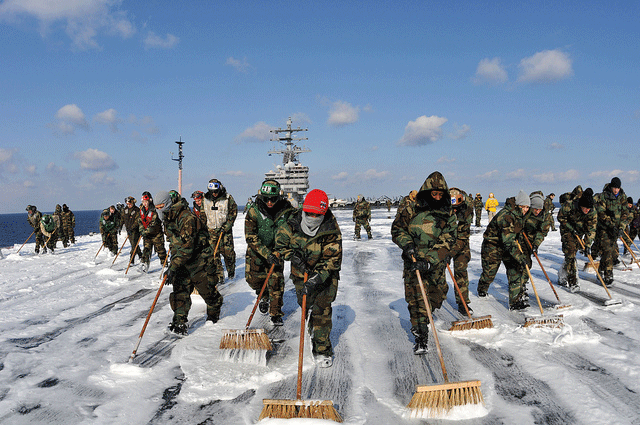
Sailors scrubbing the deck of the USS Ronald Reagan (Photo: Official US Navy Imagery, Flickr Creative Commons 2.0)
BONNER: This lawsuit includes two minors, one of whom was born right after the mother returned. She was pregnant on board but she did not know she was pregnant. And 8 months after she delivered a child who has various birth defects.
FITZGERALD: Another plaintiff, Lieutenant Steve Simmons, says he was below deck when he first heard that the ship’s water might be radioactive.
SIMMONS: They actually came across the intercom system of the ship letting everybody know we had a little problem, that we had actually sucked up contaminants into the water system.
FITZGERALD: That water system desalinates seawater for all the crew’s needs.
SIMMONS: I had already been up. I had already been showered. I had already been to the wardroom and had a couple glasses of water. I’d already filled up my water bottle a couple of times.
FITZGERALD: At first, Simmons played down any concerns he had about the radiation. He says he didn’t want people to panic. But two months after coming home, he got very sick. He blacked out several times, once while driving; lost over 20 pounds, and began running a steady fever. Over time, the muscles in his legs started to weaken until he could no longer walk.
SIMMONS: The muscle weakness just continued to progress, up my legs, into my arms, my hands. And now the signals aren’t getting from the brain to the bladder so I have to catheterize every four hours.
FITZGERALD: So far, Steve’s doctors can’t confirm any link between his illness and the radiation on the Reagan. But Charles Bonner says that his plaintiffs’ symptoms are consistent with radiation poisoning, and that so many are sick shows there’s a link.
BONNER: You would not expect to see this many illnesses in a young population - we’re talking about 21-year-olds, 22-year-olds.
FITZGERALD: So far over 100 people have signed on to Bonner’s lawsuit, but the class is open to all 70,000 US servicemen and women involved in the Pacific relief effort. Back in December a California court dismissed the case on jurisdictional grounds, but the judge offered the lawyers a chance to amend their complaint. Bonner re-filed in early February, seeking $1 billion dollars in medical damages on the grounds that TEPCO knew about the radiation threat, and failed to warn the Navy.
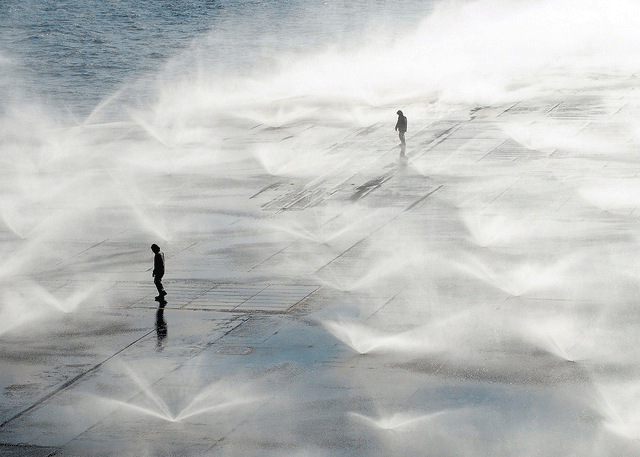
Sailors monitoring wash down system sprinklers on USS Ronald Reagan deck (Photo: Official US Navy Imagery, Flickr Creative Commons 2.0)
BONNER: It’s like if you call the fire department to put your house out, but you neglect to tell the fire department that you have three lions at your house and they’re not chained. They expect an injury from smoke inhalation, but they do not expect to be eaten by a lion.
FITZGERALD: During the crisis, the Reagan got within two miles of the Japanese coast. As debris from the Fukushima plant floated by, officials began measuring radioactivity on the ship, and decontaminating people and equipment with high radiation counts. Charles Bonner.
BONNER: The Navy’s equipment was measuring what’s happening internally. They were depending on TEPCO to feed them information about what was happening at the power plant, and TEPCO failed to do that.
FITZGERALD: Still, the Navy doesn’t believe the sailors were exposed to dangerous levels of radiation. Media-relations officer Lt. Greg Raelson said: “The health and safety of our personnel is our top priority. There is no indication that any U.S. Personnel supporting Operation Tomodachi experienced radiation exposure at levels associated with the occurrence of long-term health effects.”
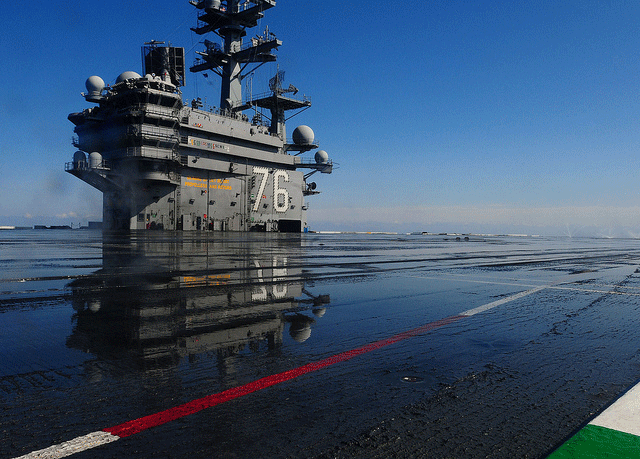
flight deck after cleanup (Photo: Official US Navy Imagery, Flickr Creative Commons 2.0)
But documents released through a Freedom of Information Act request show that Navy officials aboard the Reagan were measuring radiation levels 30 times higher then normal, even after the Reagan had retreated 100 miles from the coast. Lawyer Charles Bonner again.
BONNER: The admission by the commanders on the Reagan, the people who were there measuring the radiation, totally contradicts the Navy’s official statement that the sailors were only exposed to low levels of radiation.
FITZGERALD: Navy personnel are prohibited from suing the US military for injuries sustained on duty, but Bonner is quick to stress that he doesn’t think the Navy is negligent here, and Veterans Affairs shouldn’t have to pay the medical costs.
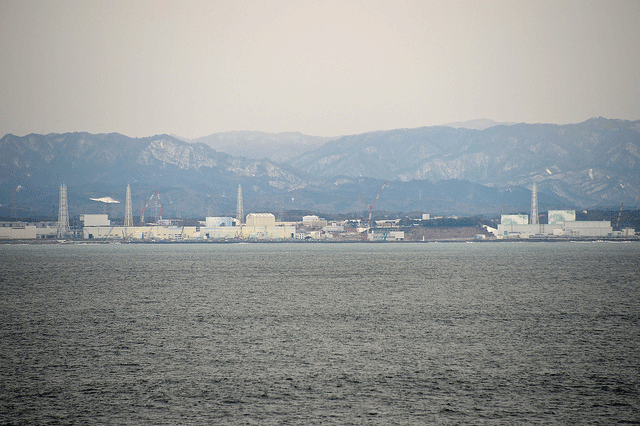
Fukushima nuclear power plant (Photo: raneko, Flickr Creative Commons 2.0)
BONNER: This is an expense that should not be parachuted on to the purse of the American taxpayer. This should come from Tokyo Electric Power Company. It would be unfair to the taxpayers for the VA to shoulder the responsibility for taking care of these sailors, when these illnesses were caused by this for profit multi-trillion dollar company.
FITZGERALD: Charles Bonner has a tough road ahead. He has to prove medical causality and convince a US court that it has jurisdiction over a Japanese company with a just a small office in Washington, DC. But, he says, given the severity his clients’ illnesses, they have to win.
BONNER: These young people must be taken care of and their offspring must be taken care of and this has to go on for a hundred years because a lot of these active particles that were released have a half-life of hundreds of years.
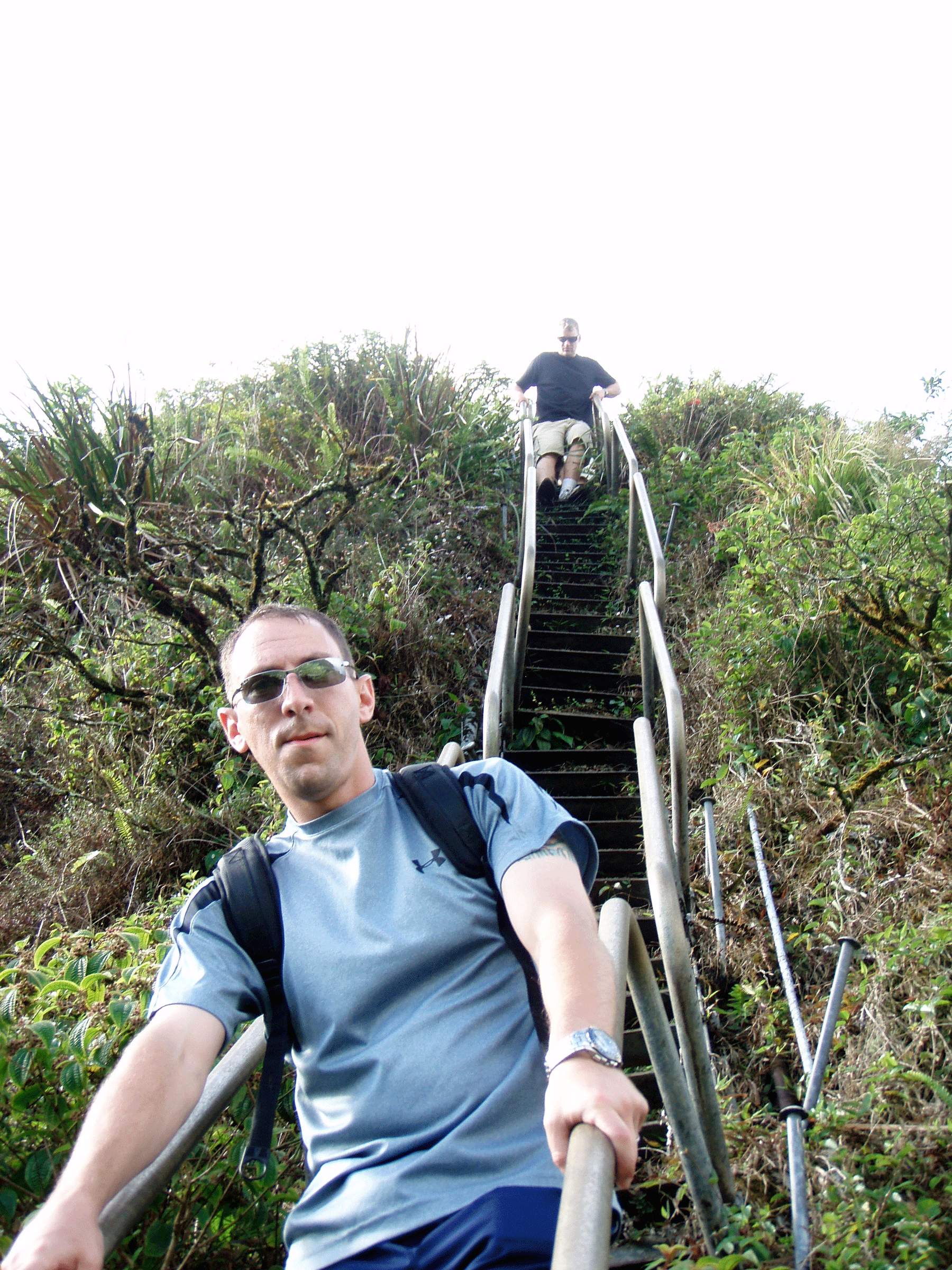
Lt. Steve Simmons before his exposure to nuclear contamination on the USS Reagan (photo: Steve Simmons)
FITZGERALD: As for Lieutenant Steve Simmons, he’d been in the Navy for over 16 years, and dreamed of becoming a captain one day.
SIMMONS: It absolutely is my life. I had actually had hopes of doing a 30 plus year career in the service. That was the goal.
FITZGERALD: Whatever happens with the lawsuit, it’s a goal he’ll find very hard to achieve now. For Living on Earth, I’m Emmett FitzGerald.

Lieutenant (jg) Steve Simmons after the Fukushima accident (photo: Steve Simmons)
CURWOOD: Neither the Navy nor TEPCO will comment directly on the lawsuit. Their general statements are on our website, LOE.org.
Links
Living on Earth wants to hear from you!
Living on Earth
62 Calef Highway, Suite 212
Lee, NH 03861
Telephone: 617-287-4121
E-mail: comments@loe.org
Newsletter [Click here]
Donate to Living on Earth!
Living on Earth is an independent media program and relies entirely on contributions from listeners and institutions supporting public service. Please donate now to preserve an independent environmental voice.
NewsletterLiving on Earth offers a weekly delivery of the show's rundown to your mailbox. Sign up for our newsletter today!
 Sailors For The Sea: Be the change you want to sea.
Sailors For The Sea: Be the change you want to sea.
 The Grantham Foundation for the Protection of the Environment: Committed to protecting and improving the health of the global environment.
The Grantham Foundation for the Protection of the Environment: Committed to protecting and improving the health of the global environment.
 Contribute to Living on Earth and receive, as our gift to you, an archival print of one of Mark Seth Lender's extraordinary wildlife photographs. Follow the link to see Mark's current collection of photographs.
Contribute to Living on Earth and receive, as our gift to you, an archival print of one of Mark Seth Lender's extraordinary wildlife photographs. Follow the link to see Mark's current collection of photographs.
 Buy a signed copy of Mark Seth Lender's book Smeagull the Seagull & support Living on Earth
Buy a signed copy of Mark Seth Lender's book Smeagull the Seagull & support Living on Earth

